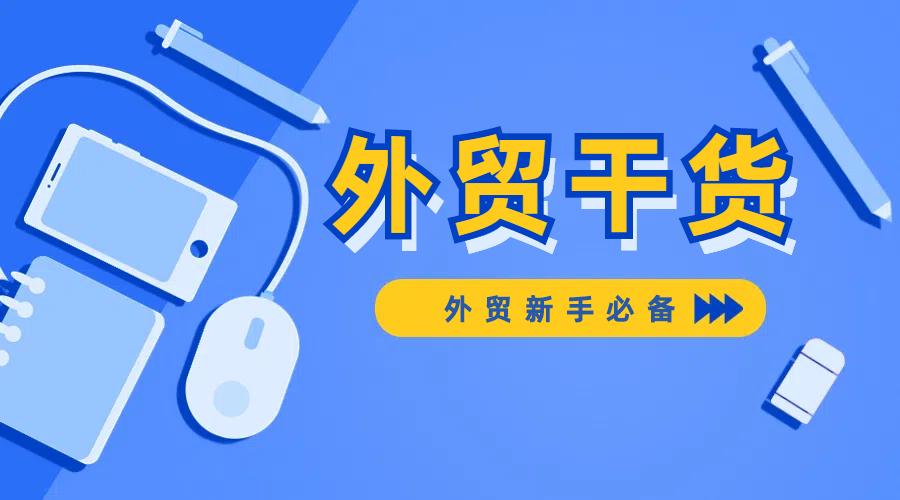 400-076-6558智领未来,外贸超级营销员
400-076-6558智领未来,外贸超级营销员
 400-076-6558智领未来,外贸超级营销员
400-076-6558智领未来,外贸超级营销员

For small businesses venturing into global markets, selecting the right supplier is not just an operational decision—it’s a strategic lifeline. Consider the case of a small company that lost a major overseas order due to supplier quality issues. This incident highlights how supplier decisions directly impact product cost, which can account for 30% to 70% of the retail price, affect delivery timelines, and ultimately shape customer trust and corporate reputation. Our decade-long experience in international trade advises adopting a “partner selection” mindset rather than a transactional approach.
Unlike large corporations with abundant resources, small enterprises require suppliers who offer flexibility—such as accommodating small batch orders and responding swiftly to customization requests. Controlling costs remains paramount, as large minimum order quantities can tie up essential working capital. Small firms also benefit from shared risk through “growth-oriented partnerships,” fostering mutual success.
The first step for any new international buyer is to detail a precise procurement requirement list. Essential criteria include product specifications, quality standards (e.g., ISO certification), minimum order quantities, and lead times. Advanced considerations should cover cross-border logistics compatibility, such as FOB or CIF terms, and after-sales support like availability of spare parts.
Leveraging tools like Excel to create a supplier evaluation matrix—assigning weightage, for instance, 40% for quality and 30% for delivery reliability—enables systematic comparison.
A robust intelligence network underpins successful supplier identification. Online platforms such as Made-in-China and Alibaba International Station offer filters like “Gold Supplier + Deep Factory Inspection” to weed out unreliable vendors. Customs data services (e.g., DataBeyond or Panjiva) allow verification of supplier export volumes, assisting in authenticating production capacity.
Offline methods remain indispensable with international trade fairs like the Canton Fair or Hannover Messe providing firsthand insights through booth scale and sample review. Local chambers of commerce and foreign trade offices are invaluable for curated supplier white lists, especially for regions like Southeast Asia.
New buyers must verify essential credentials such as business licenses, tax registrations, and import-export licenses—preferred via official website validation or scanning physical documents. An advanced check includes utilizing databases like Qichacha or Tianyancha for credit records and legal disputes. Google Maps’ real-world imagery helps confirm factory locations, mitigating risks of dealing with trading agents masquerading as manufacturers.
| Dimension | New Buyer Checkpoints | Industry-Proven Tactics |
|---|---|---|
| Production Capacity | Request production line photos, capacity schedules | Conduct surprise video audits showing active machinery to gauge true utilization |
| Quality Control | Obtain third-party certificates (SGS, BV) | Perform simulated transport tests; e.g., shipping samples dropped 1.5 meters multiple times to check integrity |
| Service Responsiveness | Evaluate reply times (penalize replies over 24 hours) | Test emergency response via urgent order inquiries—request 1 week delivery for 500 units samples and analyze solutions |
New buyers should request samples at 10% of planned order volume, stipulating manufacturing according to bulk standards. Experienced traders compare samples to supplier website images, wary of excessive image retouching—tools like Photoshop’s metadata inspection can reveal original parameters. Retaining sealed sample units safeguards buyers for future quality disputes and claims.

Avoid risky payment terms such as 100% upfront payments. Negotiate staged payments like “30% deposit + 70% upon presentation of shipping documents.” Contracts must clearly stipulate penalties for delayed delivery (recommended 0.5%-1% per day) and detailed return/exchange procedures for quality deviations. Providing simplified contract templates including arbitration clauses referencing the China International Economic and Trade Arbitration Commission can offer legal assurance.
Weekly email updates supported by detailed production scheduling templates help new exporters track progress effectively. Advanced strategies involve installing remote monitoring systems at supplier factories through platforms such as Craft Hut, particularly beneficial for resource-limited enterprises. Always incorporate a buffer of at least 15% in lead times to preempt unexpected delays.
Focusing solely on price discounts limits partnership potential. A proven tactic is linking price reductions to annual purchase volumes—e.g., committing to over 500,000 units annually to earn 5% price cuts. Sharing overseas market intelligence to co-develop products tailored for regulatory standards, like an LED lighting firm collaborating to create EU energy-efficient lamps, captures competitive advantage.
Newcomers often choose a single supplier to minimize costs, risking disruption. A balanced approach allocates approximately 70% of orders to a primary supplier and 30% to backups. In 2024, when a Southeast Asian supplier halted production due to typhoon damage, a small enterprise swiftly engaged its Indian backup supplier, preserving on-time delivery for European and American clients.
.jpg)
.png?x-oss-process=image/resize,h_100,m_lfit/format,webp)
.png?x-oss-process=image/resize,h_100,m_lfit/format,webp)

.png?x-oss-process=image/resize,h_100,m_lfit/format,webp)
.png?x-oss-process=image/resize,h_100,m_lfit/format,webp)
.png?x-oss-process=image/resize,h_100,m_lfit/format,webp)
.png?x-oss-process=image/resize,h_100,m_lfit/format,webp)
